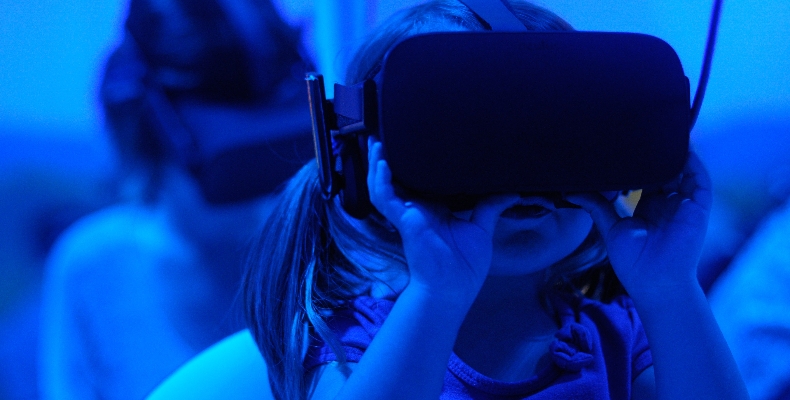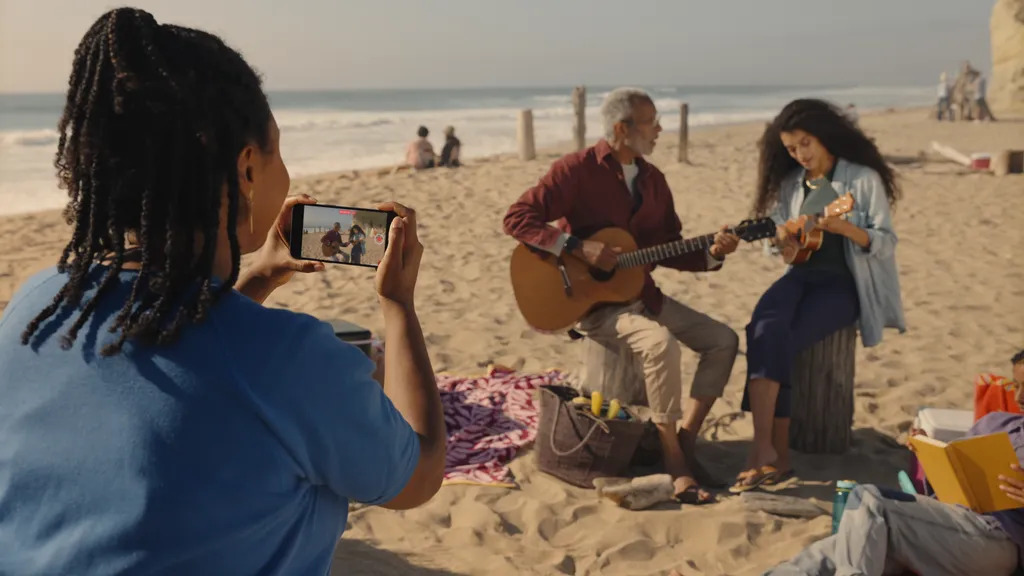Phil Birchinall, senior director of immersive content at Discovery Education, on how true immersion enriches the learning experience
How many of us have been present at the dawn (or recurring dawn) of a new technology or approach, excited by the promise it holds and certain, deep in our minds, that this device or service is special, harbouring the power to transform teaching and learning? Gazing into the crystal ball and emerging with the right answer is one of technology’s most complex tricks.
History shows us that the answer is rarely ‘no’. We are all too convinced by our own enthusiasm that we assume is shared by every teacher around the globe, and so we push our chosen platforms and technologies with tweets and impassioned speeches. This Darwinian ‘survival of the fittest’ is a constant and necessary process to refine and select those that can really make a difference.
A blast from the past
In the late 1990’s I was fortunate to be working alongside ICL (International Computers Limited) in Liverpool on an education initiative powered by innovation and technology. I had the chance to put on a VR headset that was so heavy it almost broke my neck, but it also blew my mind. I was in a world of giant blocks that looked like trees and rocks and a dinosaur that wouldn’t look out of place in Minecraft, but with much lower resolution. Back then, it was a stunning vision of the future and much was made across the globe of the new virtual world we would all soon inhabit, not to mention the dangers that lurked therein and the certain demise of our social fabric as we retreated from actual reality (where do I sign up?). The answer to the question of whether this was a new pedagogical dawn was a resigned and forced ‘no’ when we learnt of the enormous costs and technical barriers of bringing it into the classroom.
A whole new world
But that was the 20th century. Fast forward to the 21st century and thanks to Moore’s Law, the technology required is exponentially more powerful and affordable. We have the ability to trick our minds via our physical senses, convincing ourselves that something is happening when it’s most definitely not: that the object appearing through the lens of the tablet is really there, or that your body is in motion when you are stationary; that the thing you can hear behind you really is breathing down your neck. Thrills and gimmicks can have a place in the classroom, but they have a fleeting and elusive impact, hard to grab hold of and utilise for learning as it rapidly dissipates. Careful planning is required to unashamedly manipulate the receiving brains into contextualising the power of immersion.
In Discovery Education’s immersive studio, we have long held two basic questions in mind: the first is ‘So what?’. We must have a compelling, learning outcome-based reason to go to the effort and expense of crafting immersion. Conversely, teachers must have a compelling reason to use them.
The potential of true immersive learning
As we graduate from virtual reality rollercoasters and 3D augmented reality planets hovering over a page, we start to appreciate the power true immersion can have. If we promise to take pupils on an impossible field trip to the lunar surface in the footsteps of the Apollo programme, it’s got to deliver on many fronts – 2D, 360-degree photographs will only get you so far and will leave a moderate impression. But if you recreate the lunar surface accurately in 3D, overlay the actual audio from mission control in gorgeous 3D ambisonic sound and then let users walk, explore and interact. Interesting things start to happen. Feed in the narrative of the bold, vast, audacious and beautiful ambition to go to the moon alongside the “magnificent desolation” of the lunar surface, as described by Buzz Aldrin. Put a child (or adult) in the virtual seat of the lunar rover from Apollo 15 and observe their absolute belief that they are driving it in the foothills of the lunar Apennine mountain range 250,000 miles away. The wonder and emotional response is real and a precursor to what follows.
Using well designed and integrated augmented reality (AR) has an equally powerful immersive effect. Immersion occurs when a person’s senses are displaced, even overwhelmed, by something completely out of the ordinary appearing, almost magically in front of their eyes. As the science fiction writer and futurist Arthur C. Clarke famously exclaimed, “any sufficiently advanced technology is indistinguishable from magic”. Using AR to replace the surface of a desk with a mountain range, or the sports hall with the surface of Mars, creates powerful moments of magic. In the ever-skilled hands of a teacher, our second guiding question, ‘What next?’ comes into play. Whether using augmented or virtual technology, we are enhancing reality and amplifying the learning experience.
A brand-new view of the world
Any teacher will tell you that when pupils lean into a concept or experience, an opportunity arises to capitilise and exploit the immersive effect. Immersion embeds knowledge, sometimes indelibly. When a child sees an abstract fossil transform, seemingly in real life in front of them, into a living creature from our prehistoric past, they remember the moment and in doing so, file away the knowledge surrounding it; the name, the science, the period. It can even spark a love of learning based on that topic.
We can’t use these techniques every day and they must be carefully deployed. When we use them effectively, pupils emerge from these atmospheric, inspiring experiences ready to write, paint, create and talk about what they have just lived. They are ready to learn. They have been there, seen something different and they have a perspective to share with the world. Let them loose and express it any way they can.
Explore Discovery Education’s immersive learning experiences at: discoveryeducation.co.uk/immersive-experiences
Quelle:
https://edtechnology.co.uk/Blog/immersive-learning-power-enhanced-reality/
Foto: Technology has given us the ability to trick our minds via our physical senses




